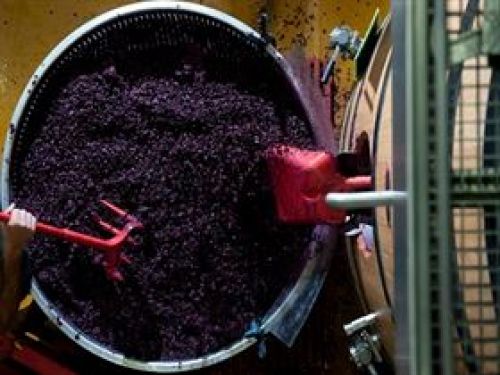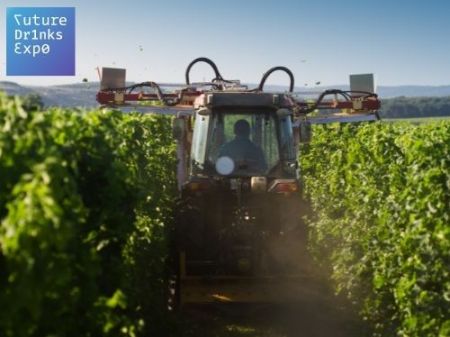Sommeliers Choice Awards 2023 Winners
Grenache, the toughest grape in the world
It survives in inhospitable terrain and its wines are too often undervalued

Grape vines of all kinds can cope with the most extraordinarily difficult and extreme environments. But few varieties of this tenacious plant are as tough as grenache, aka garnacha in Spain. It can survive, even thrive, in some of the dustiest corners of the wine world, roots plunged many feet deep into inhospitable terrain seeking out moisture.
The wonder of grenache is that the meagre crops of fruit produced by vines which can be anything up to 100 years old create some of the most vivacious wines around: a stream of soft, mouth-filling juiciness, with flavours of bramble jam, raspberry, cherry, tangy plum and paprika. How all this primary-coloured flavour emerges from such harsh surroundings is a wonder of nature on a par with something from a David Attenborough documentary – like one of those desert plants that lie dormant for years waiting for the briefest rain shower to bring them into bloom.
If there’s a better-value red wine style in the world – a better yield of fruit flavour per pound – than the absurdly underpriced old-vine garnachas of the Campo de Borja region of Aragon in northern Spain, I’ve yet to find it. Wines such as Bodegas Borsao Garnacha 2015 (£5.95, slurp.co.uk) and the Co-op’s Gran Vista Garnacha 2015 (£4.99) have so much more about them than the sweetened alcoholic Ribena that so often passes for wine at the £5 to £6 level these days.
With the odd exception, grenache/garnacha has always been a little undervalued, a lack of recognition that is at least partly explained by winemakers traditionally hiding it in a blend. In regions from France’s southern Rhône Valley to Catalonia’s Priorat and Australia’s Barossa, there’s often a feeling that the plump nature of fully ripe grenache needs stiffening with the darker syrah, the meatier mourvèdre or the dusky carignan, while in Rioja, garnacha frequently acts as a fruity seasoning for the more upright tempranillo. Even when it is allowed out on its own – as it is in the great Châteauneuf-du-Pape of Château Rayas, for example – in many cases you wouldn’t know it from the label.
Grenache’s reputation has also suffered more than most at the hands of incautious winemakers: leave it to get too ripe and the abundance of fruit becomes a syrupy, alcoholic jamminess.
Read more at source: The Guardian









